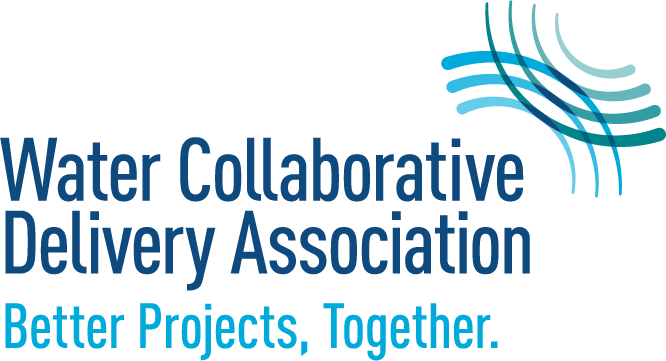Blog

How Cost Transparency, Using Collaborative Delivery, Can Manage and Mitigate Escalation
It is well known that the economic conditions of the last few years presented enormous global challenges across multiple industries. Supply chains have been strained to their breaking point and costs of goods climbed to their highest levels.

Benefits of Selecting a Joint Venture Team to Execute Progressive Design-Build Projects
Joint ventures (JVs) are strategic business agreements between two or more firms to create a new entity for a specific pursuit. In a fully integrated JV, the companies involved share all risks, profits, losses, assets, and liabilities.

How Can You Attract Qualified Design-Builders for Your Projects?
The booming water/wastewater market is keeping design-builders busy, so much so that the economic equilibrium is off-center, slanted toward a place where demand often exceeds supply. It’s a design-builders’ (bidders) market.
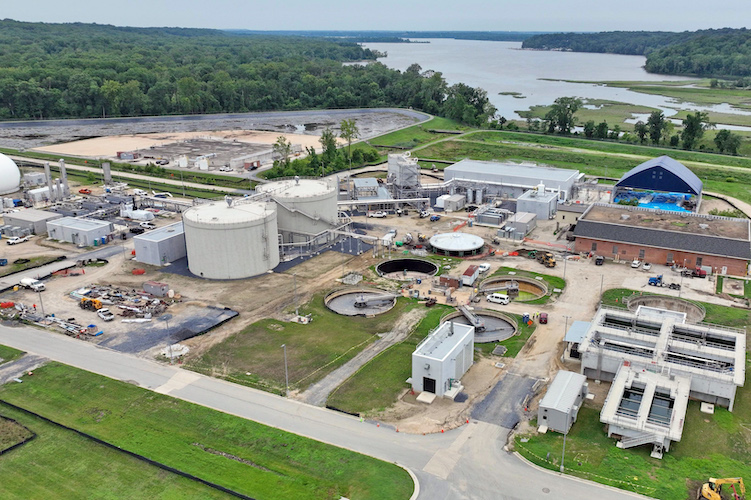
Progressive Design-Build Makes Complex Change Possible
The method by which a construction project is delivered often makes all the difference in its outcome. A project with a straightforward scope can be very successful completed via a design-bid-build delivery.
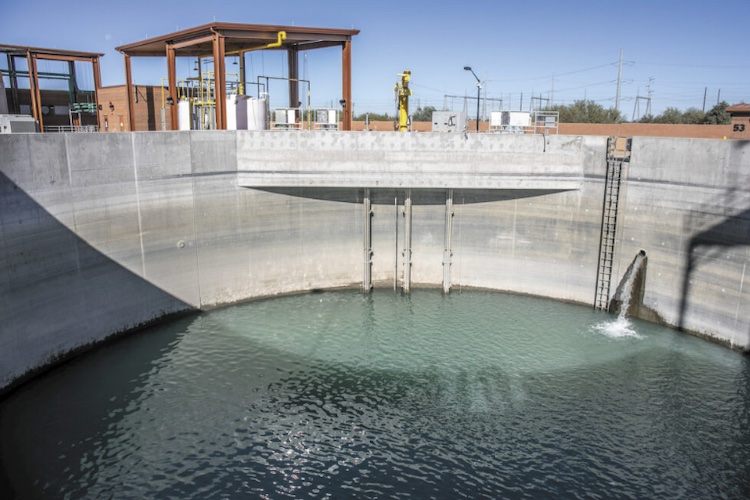
Three Steps to Overcoming Your Fear of Collaborative Project Delivery Methods
People generally don’t like change. Several reasons exist for this, but mainly from a fear of the unknown. When people do leave their comfort zone, however, it can be liberating to achieve results far better than what they have seen in the past.
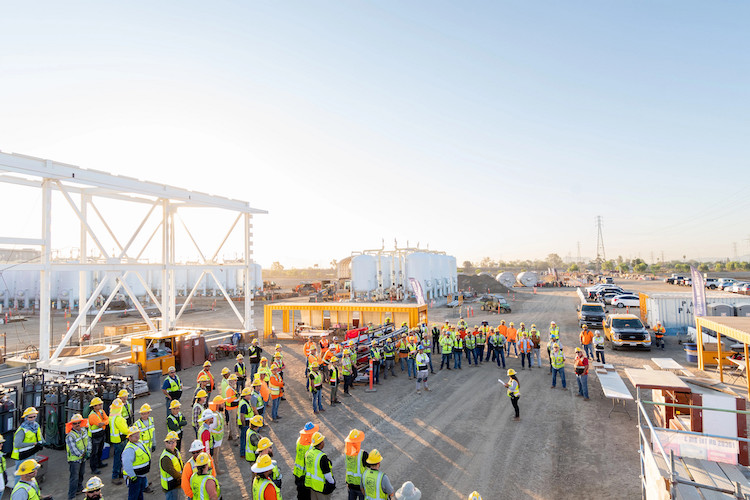
Accelerating the Development of Water and Wastewater Projects
It’s no secret that water and wastewater utilities face several complex challenges. There’s the perpetual aging infrastructure problem and growing concerns over a graying workforce.
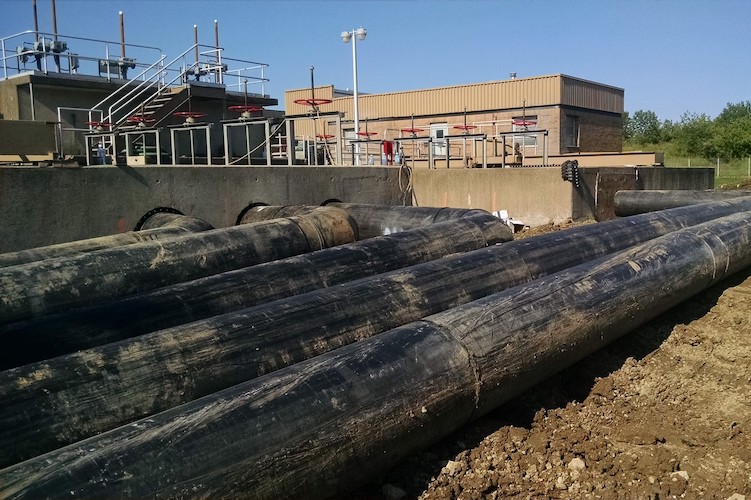
How to Leverage Collaborative Delivery to Maintain Continuous Treatment
Nobody wants that phone call. The one that comes in the middle of the night when there’s an issue at the plant—a leak, a break, a system failing to operate.
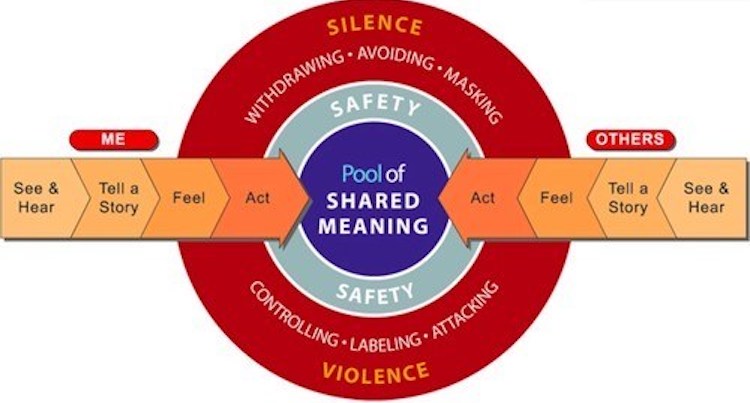
Getting Your Team to Accept Good Ideas Despite Who They Come From
Team dynamics can be fragile, balanced things. As an engineering project manager, I must create a trusting atmosphere for my team’s engineers to deliver an innovative and quality design.

Starting with the End Users in Mind
When building a team for a design-build project, it’s common for agency owners (specifically engineering managers) to prioritize the obvious resources: project managers and owners advisors. What often gets overlooked is the opportunity to include the perspective and expertise of the end users during the design and construction process.

Limitation of Liability on Design-Build Projects
Design-build contracts continue to mature and evolve in many aspects, including terms related to liability. In the world of water infrastructure delivery, design-build most often pairs a contractor and a design firm.
